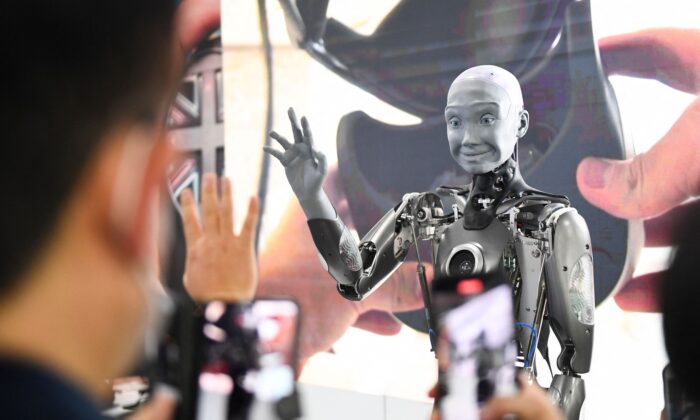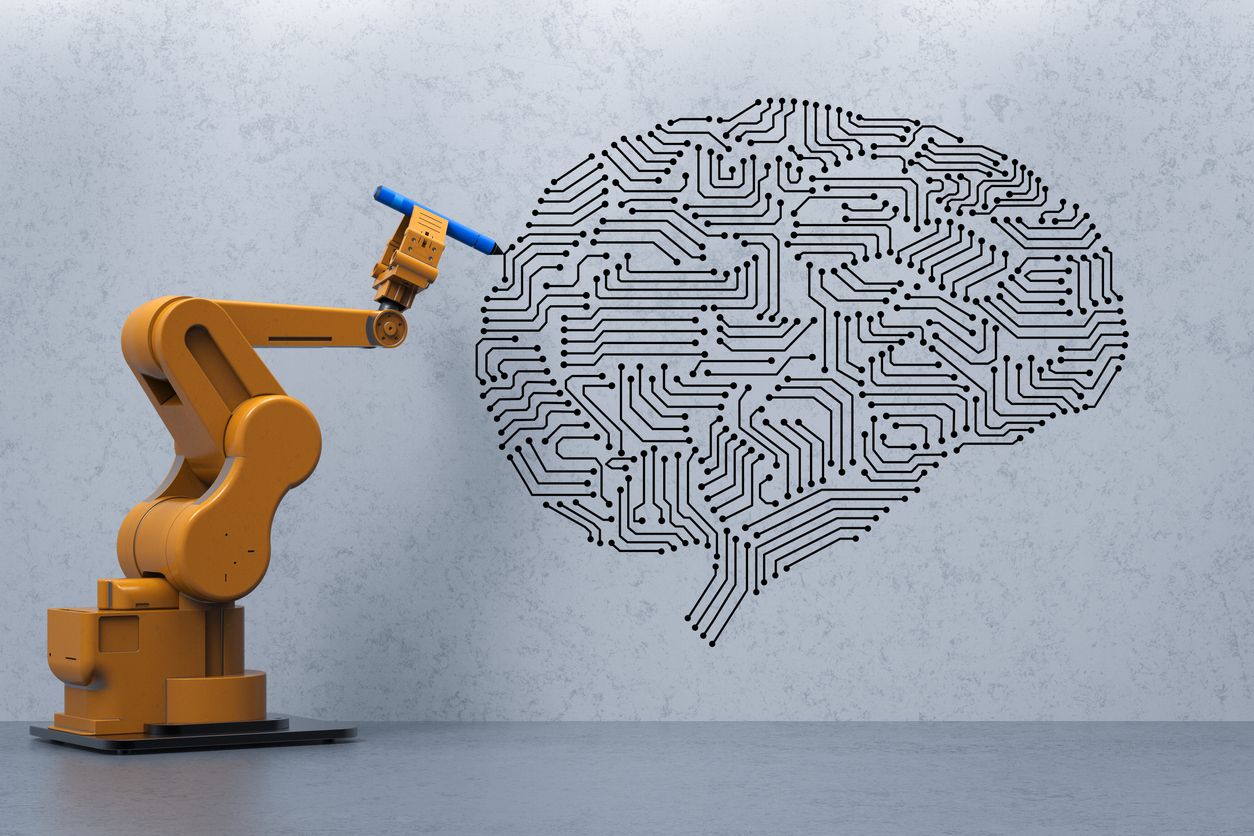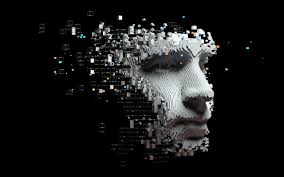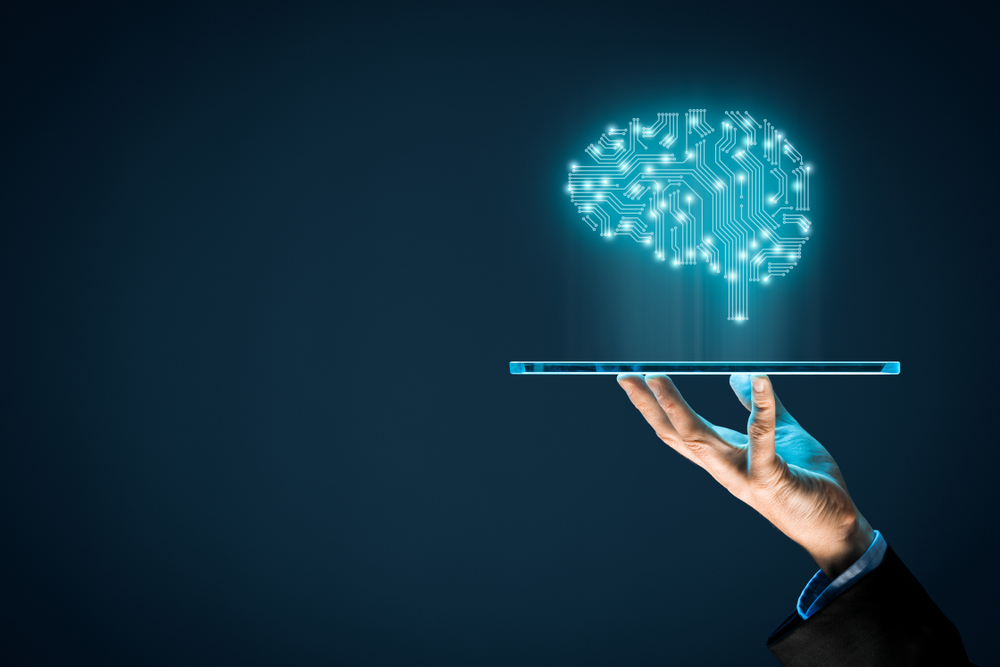Artificial intelligence is transforming the way we live, work, and interact with technology. One of the key components that make AI possible is perception – the ability to interpret and understand sensory information from the environment. Perception is what enables machines to see, hear, touch, taste, and smell like humans do. But what exactly is perception in artificial intelligence? How does it work? And why is it so important for advancing AI technologies? In this blog post, we’ll explore these questions and more to give you a comprehensive understanding of perception in AI. So buckle up – this is going to be an exciting ride!
Perception in artificial intelligence is the process by which a computer system understands the world around it
Perception is the process by which a computer system understands the world around it. This includes understanding the information that is being presented to it, as well as recognizing objects and patterns. In order for a computer system to understand what is happening in the world, it needs to have access to data and information. Additionally, perception in artificial intelligence relies on learning algorithms. These algorithms help a computer system adapt and improve its performance over time.
Perception in artificial intelligence is divided into two categories: visual perception and auditory perception
Perception in artificial intelligence is divided into two categories: visual perception and auditory perception. Visual perception deals with the ability of artificial intelligence to process images and video. Auditory perception deals with the ability of artificial intelligence to process sound.
Visual perception can be divided into three categories: object recognition, scene recognition, and image recognition. Object recognition involves the ability of artificial intelligence to recognize specific objects, such as a car or person. Scene recognition involves the ability of artificial intelligence to identify the specific surroundings of an object, such as a busy street or a room full of people. Image recognition involves the ability of artificial intelligence to recognize individual images, such as a picture or video clip.
Auditory perception can be divided into five categories: hearing sounds, recognizing voices, understanding speech, making sound effects, and producing speech. Hearing sounds involves the ability of artificial intelligence to distinguish different types of sounds, such as animal noises or human voices. Recognizing voices involves the ability of artificial intelligence to identify specific voices, such as your own or a celebrity’s voice.
Understanding speech involves the ability of artificial intelligence to understand written words and sentences despite variations in grammar or pronunciation. Making sound effects involves the ability of artificial intelligence to create realistic sounding audio files, such as animal noises or environmental sounds. Producing speech involves the ability of artificial intelligence to produce realistic sounding speeches, like human beings do naturally.
Vision is the ability of a computer to interpret images and videos
Perception is the ability of a computer to interpret images and videos. Perception can be broken down into three main categories: visual, auditory, and gustatory perception. Visual perception involves the analysis of images and their components such as colors, shapes, and textures. Auditory perception involves the analysis of sounds and their properties such as pitch, volume, and duration. Gustatory perception involves the detection of flavors and smells.
Auditory perception is the ability of a computer to understand sound waves
Perception in artificial intelligence is the ability of a computer to understand sound waves. This includes recognizing specific sounds, understanding the meaning of words, and making predictions based on what has been heard. In order for a computer to understand sound, it must be able to recognize certain features of the sound wave. These features include frequency, amplitude, and duration. Recognizing these features allows a computer to identify the type of sound being played and to make deductions about what was said or sung.
Another important aspect of auditory perception is understanding language. Artificial intelligence programs can often understand human speech simply by parsing the words together. They also use machine learning techniques to improve their ability over time. The goal is not just to decode individual words, but also to determine the meaning of phrases and sentences.
Finally, prediction is another key factor in auditory perception. AI programs need to be able to guess at what will happen next based on what has been heard before. This can be tricky since sounds are often chaotic and random. However, with enough data points, AI programs can develop sophisticated models that allow them to make accurate predictions about future events.
Artificial intelligence relies on artificial neural networks to create sophisticated perceptual models
Artificial intelligence relies on artificial neural networks to create sophisticated perceptual models. These models are designed to mimic the way humans process information. They allow AI systems to make complex judgments and decisions. Perception is one of the most important aspects of AI development. It is responsible for understanding what a user sees and hears in the world around them. This includes recognizing individual objects, determining their properties, and predicting how they will behave. Additionally, perception helps machines understand natural language commands and respond accordingly.
Perception in artificial intelligence can be used for many purposes,
Perception in artificial intelligence can be used for many purposes, from understanding natural language to facial recognition. It is the process of acquiring and interpreting information about the world around us. It involves breaking down what we see or hear into individual pieces and understanding their meaning.
The technology behind perception in artificial intelligence is constantly evolving, which means that its applications are growing too. For example, the software used to recognize faces can be used to identify people in photos or videos, track online shoppers across different websites, and even monitor security footage.
Perception is also important when it comes to creating digital assistants like Siri or Google Now. These apps use machine learning to understand your questions and intentions and then provide you with relevant results.





